Playing a strong and consistent forehand starts with your grip on the racquet. We have compiled a list of different forehand grips and how you can use them to improve your game no matter you playing competitively or casually.
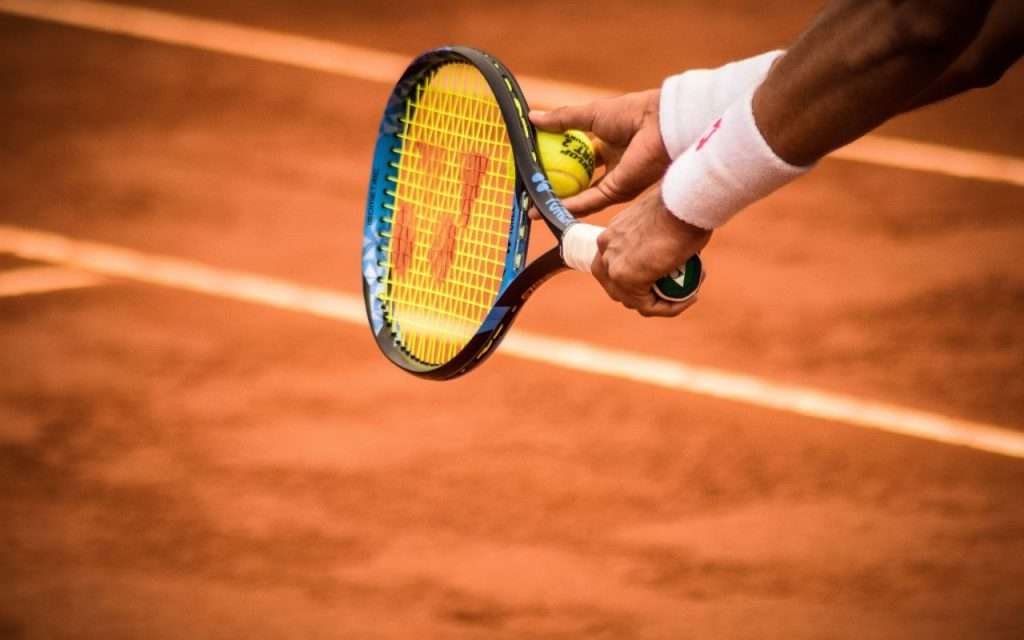
Table of contents
Forehand Grip Basics
4 Types of Forehand Grip
– Continental
– Eastern
– Semi-western
– Western
How to Choose the Right Grip for Your Forehand
Which Forehand Grips Tend to Cause Wrist or Arm Injury?
What’s Next
Forehand Grip Basics
The tennis racquet handle is an octagon. For reference, we’ve labeled each bevel from 1 to 8 in a racquet handle diagram below.
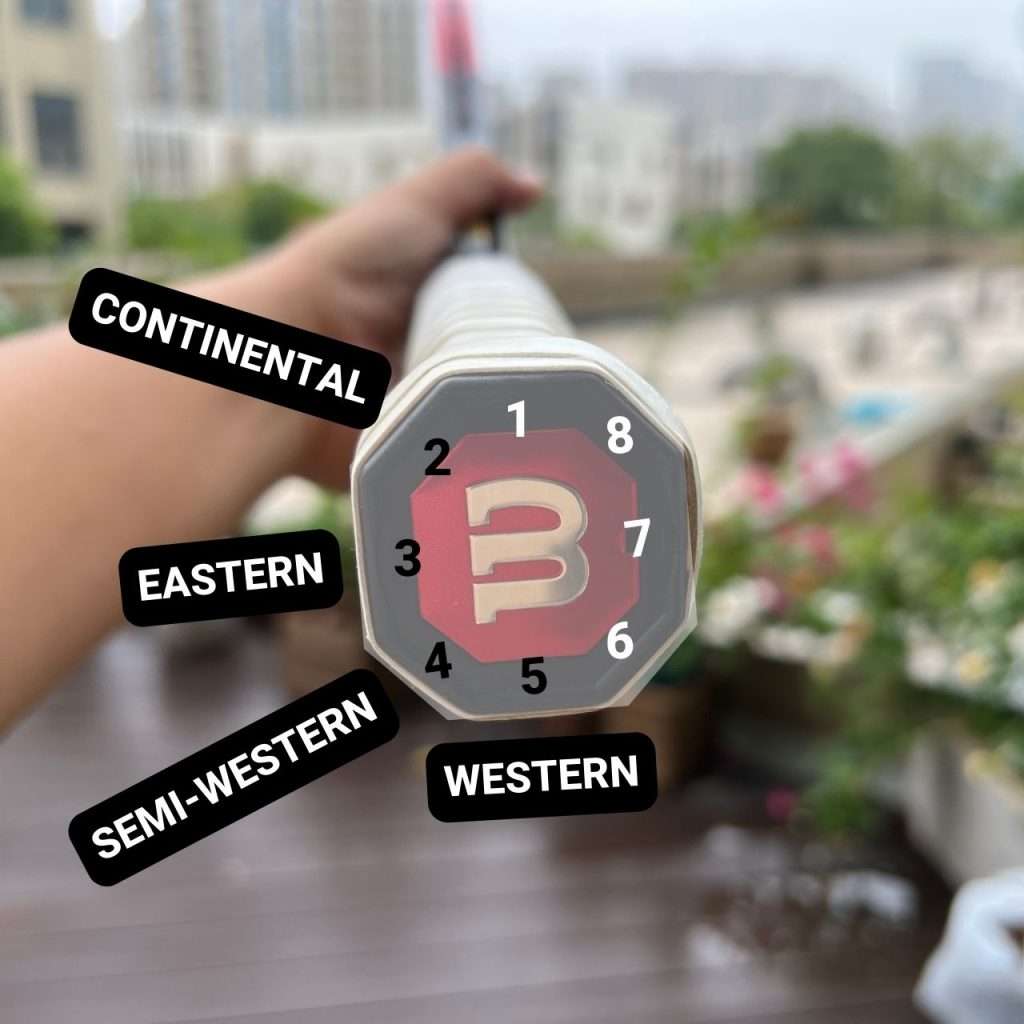
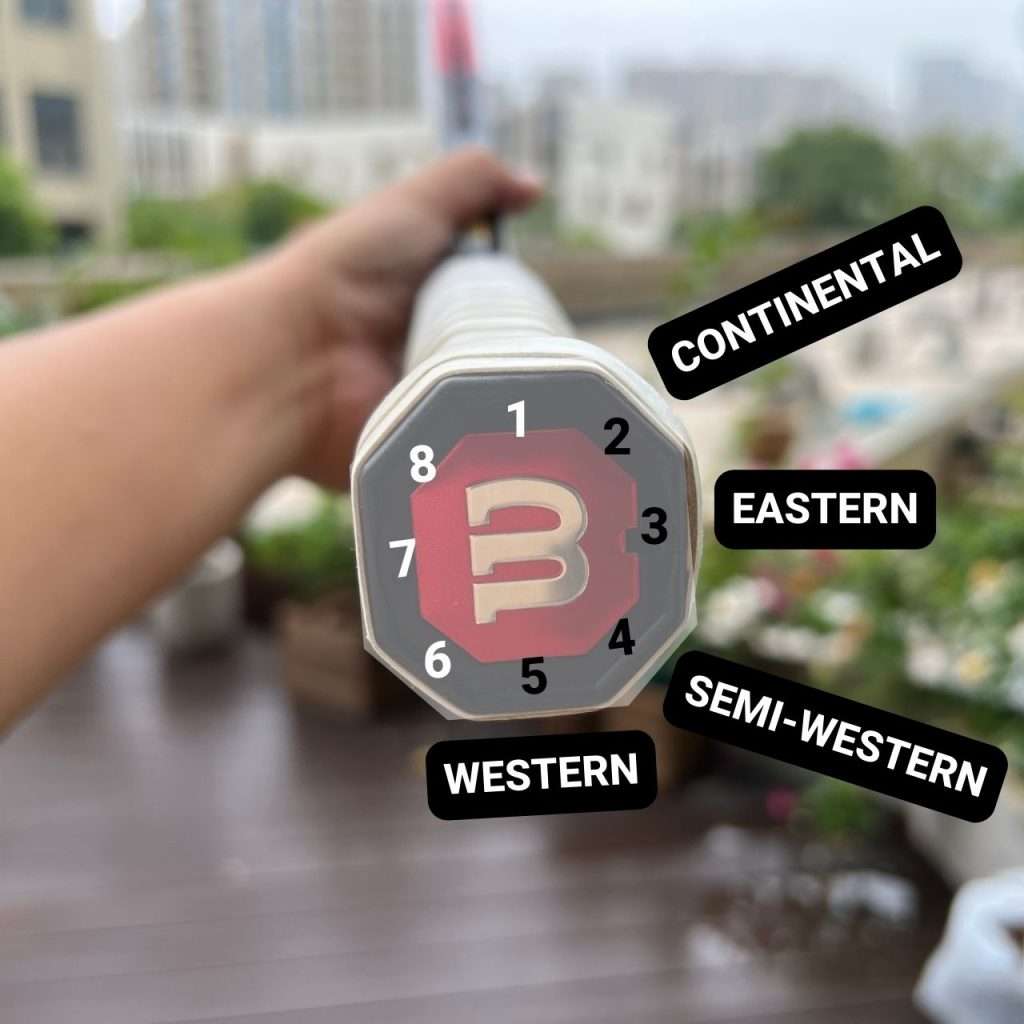
If you have a left-handed forehand, the bevel numbers will be counterclockwise compared to the right-handed forehand.

The name of the grip is based on the bevel that the knuckle of the index finger rests on.
4 Types of Forehand Grip
The four most common forehand grips that tennis players use can be divided into continental, eastern, semi-western, and western. Be sure to check out the pros and cons of each to help you decide which grip is best for your game.
Continental

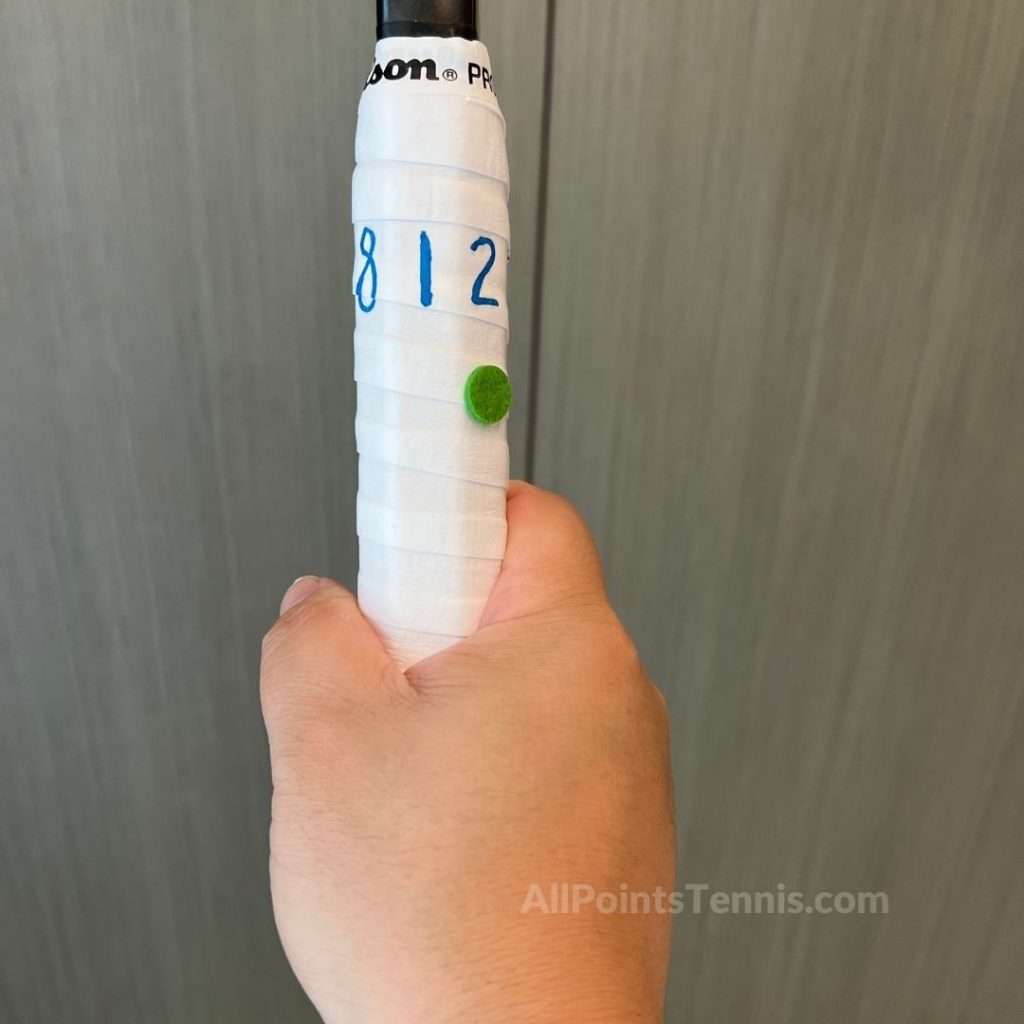
Historically, the continental grip was a favorite forehand grip on grass courts in serve-volley tennis. It was the ideal grip for the nature of the game, which resulted in low, skidding shots and relatively little spin on most players’ forehands. On modern tennis courts, the continental grip is optimal for serve, volley, slice, overhead, and drop shots.
- Position: index finger knuckle on bevel 2.
- Pros: easy to handle low balls, easy to change to other grips
- Cons: difficult to produce topspin, difficult to hit high balls
Pro Players use the Continental forehand grip
- Rod Laver
- Billie Jean King
- Margret Court
- John McEnroe
Eastern

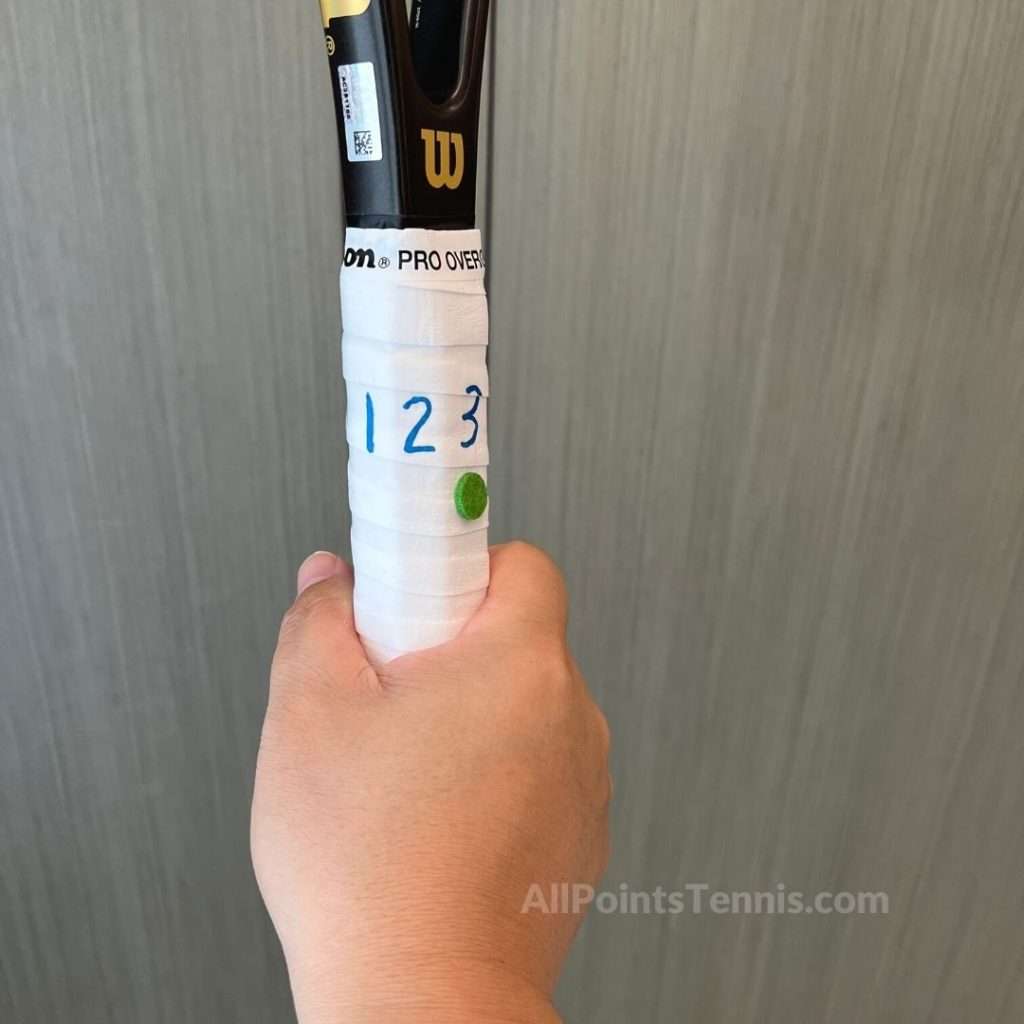
The Eastern grip is great for blasting fast, flat shots, as it balances power and spin on the forehand. It was popularised by Bjorn Borg in the late 1970s, who won several Grand Slams. The Eastern grip is now less popular because of the competitiveness of tennis, as pro players are more likely to produce spins by holding the racquet downward.
- Position: index finger knuckle on bevel 3.
- Pros: easy to learn for beginners, easy transition to Continental, some topspins, best for flat shots
- Cons: less spin vs Semi-western & Western, difficult to handle high balls
Pro Players who use the Eastern forehand grip
- Chris Evert
- Pete Sampras
- Steffi Graf
- Roger Federer
Semi-western


In modern tennis, the Semi-western grip is the most common forehand grip. It produces more topspin than the Eastern grip and can be emphasized even more topspin by performing the ‘Windshield Wiper’ arc. It is most natural forehand grip makes the arm and hand work together to create the arc of the swing.
- Position: index finger knuckle on bevel 4.
- Pros: moderate topspin and power, allow further contact, ideal for all-court play, works well for medium & high balls
- Cons: difficult to return low balls, difficult to change to Continental
Pro Players who use the Semi-western forehand grip
- Serena Williams
- Novak Djokovic
- Rafael Nadal (halfway between semi-western and western)
Western

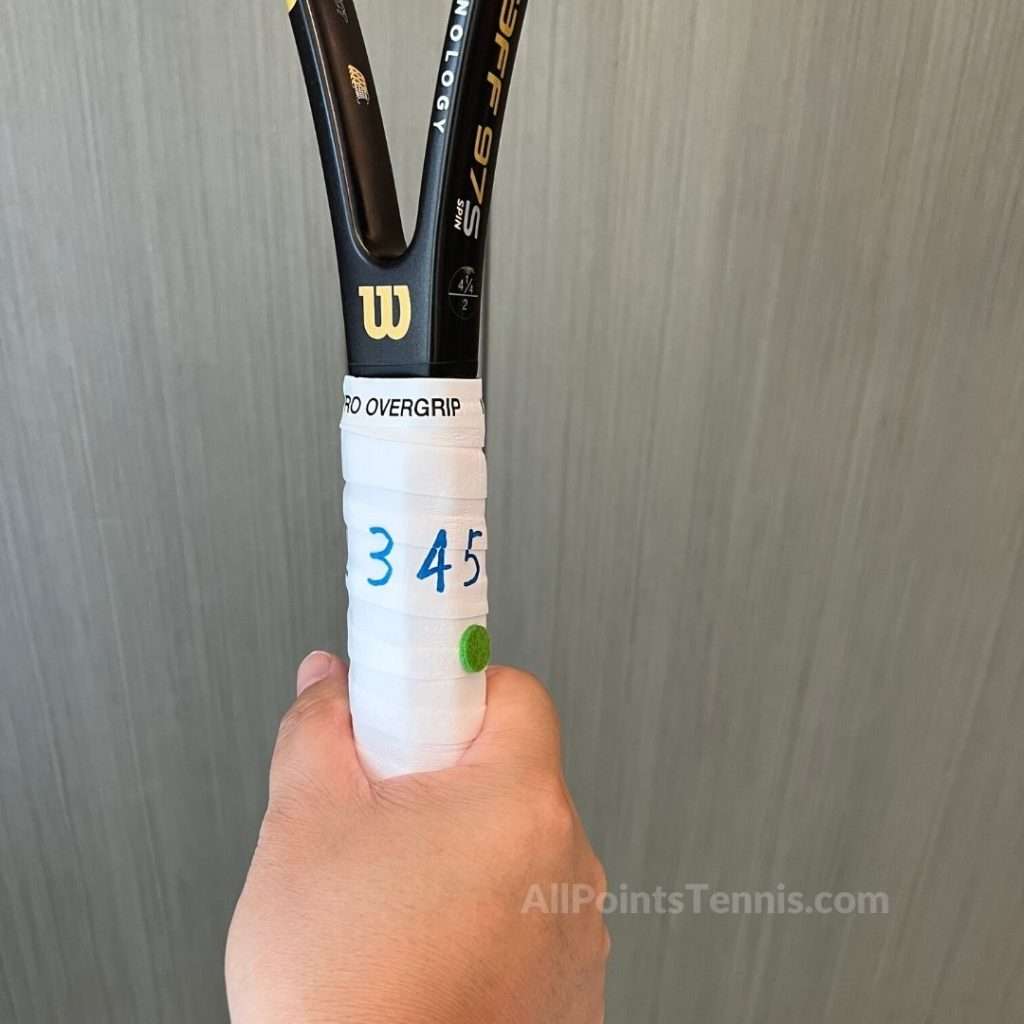
The western forehand grip gives the most extreme topspin of any forehand grip, as well as taking advantage of slow-moving clay courts. It is also easy to handle high-bouncing balls, making it difficult for beginners to learn.
- Position: index finger knuckle on bevel 5.
- Pros: extreme topspin, works great on slow courts, easy to handle high balls
- Cons: difficult to learn for beginners, hard to play on faster courts, hard to handle low balls, very difficult to change other grips.
Pro Players who use the Western forehand grip
- Karen Khachanov
- Kyle Edmund
- Jack Sock
How to Choose the Right Grip for Your Forehand?
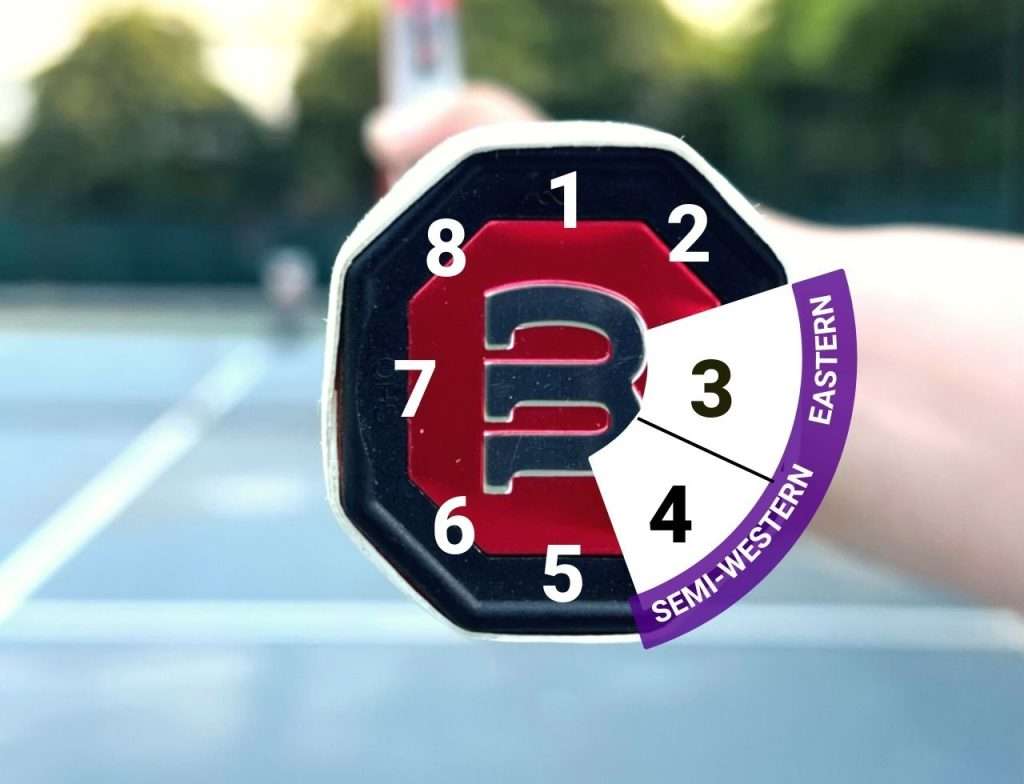
The Semi-western grip is recommended for beginners as it enables natural hand and arm motion, spin, and control. Experimenting with grips between Eastern and Semi-western (Bevel 3 – 4) will help you decide which works best for you.
It’s also better to have a basic understanding of all tennis grips like backhand grips or serve grip, and see how each grip can affect your overall performance in the tennis game.
Which Forehand Grips Tend to Cause Wrist or Arm Injury?
According to some physiotherapists, people are more susceptible to certain injuries based on the grip size of the racquet they use. The data on the subject of wrist and arm injuries caused by forehand grips is not sufficient. Some physiotherapists like Spectrum Physio found that individuals are more susceptible to certain injuries depending on grip size.
Larger grip sizes are better used for shots that require more force, which means your arm will absorb more shock and potentially more pressure on the muscles and tendons in your elbow.
Smaller grips allow the freedom of your wrist when hitting the ball, but it naturally requires you to get a tighter hold on the racquet. Over time, this can lead to overuse injuries in the wrist.
It is crucial to get the right grip size when purchasing a racquet in order to prevent injuries. And there is a simple test you can perform to see if the grip size is correct for you. You can find out more about this in our article on How to Choose the Racquet Grip Size.
What’s Next
Covered in this article are the most common types of tennis forehand grips, and you will be able to find the one that works best for improving your game. Once you have gained the necessary mastery of the different grips and the fundamentals associated with them, you can go for the heavy hitters.
